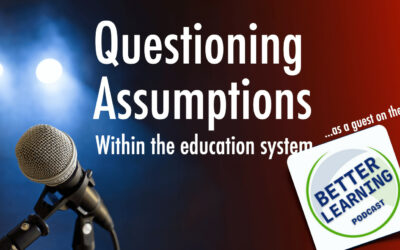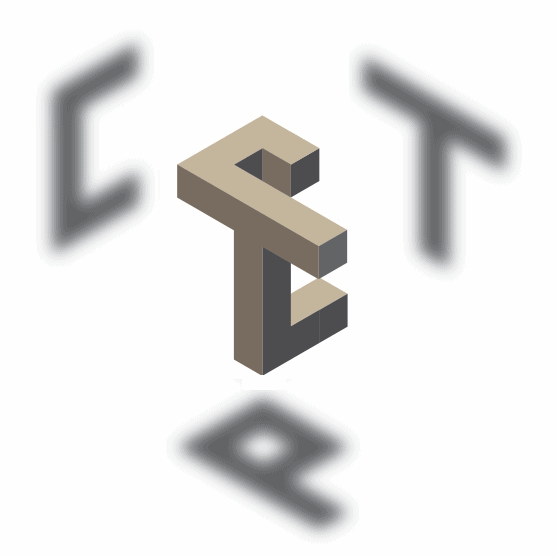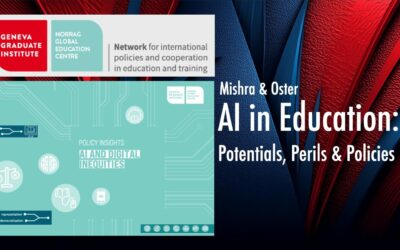I have always been interested in what lies at the intersection of science and art. There are of course many different ways of looking at this. There is the idea of scientific creativity being both similar to and different from artistic creativity. And then there is the idea of artistically representing scientific ideas. I have written about this elsewhere in the context of poetry (both scientific poetry / sci-po or mathematical poetry / math-po). I have also argued that this process of “translation” from one medium to another is a very powerful way of both understanding the issues at hand but could also be an interesting teaching tool. For instance see these sci-po’s written by Sean Nash’s students. As I had said before, echoing Sean, in the context of writing a mathematical proof in verse (click here if you are interested), this act of writing a poem about mathematics forces you to truly and deeply understand the idea before you can start playing with it.
Such artistic representations of science can also be a powerful tool for outreach – to communicate often abstruse and complex ideas to a wider audience. One of the best approaches that has received some attention in the past years is Dance your Ph.D. As the Science Mag website says
The dreaded question. “So, what’s your Ph.D. research about?” You could bore them with an explanation. Or you could dance.
That’s the idea behind “Dance Your Ph.D.” Over the past 3 years, scientists from around the world have teamed up to create dance videos based on their graduate research. This year’s contest, launched in June by Science, received 45 brave submissions.
Today, judges—including scientists, choreographers, and past winners—announced the finalists in four categories: physics, chemistry, biology, and social sciences. Each receives $500.




How did I miss these two! And how come they are not on Youtube? 🙂
Well actually, last year at SITE conference, during our graduate student gathering, I did a TPACK Dance and Daniel did a Robocraft one. We were not as professional as the one in the videos though. I have some ideas for a TPACK dance choreography, need some brave people to make it real.